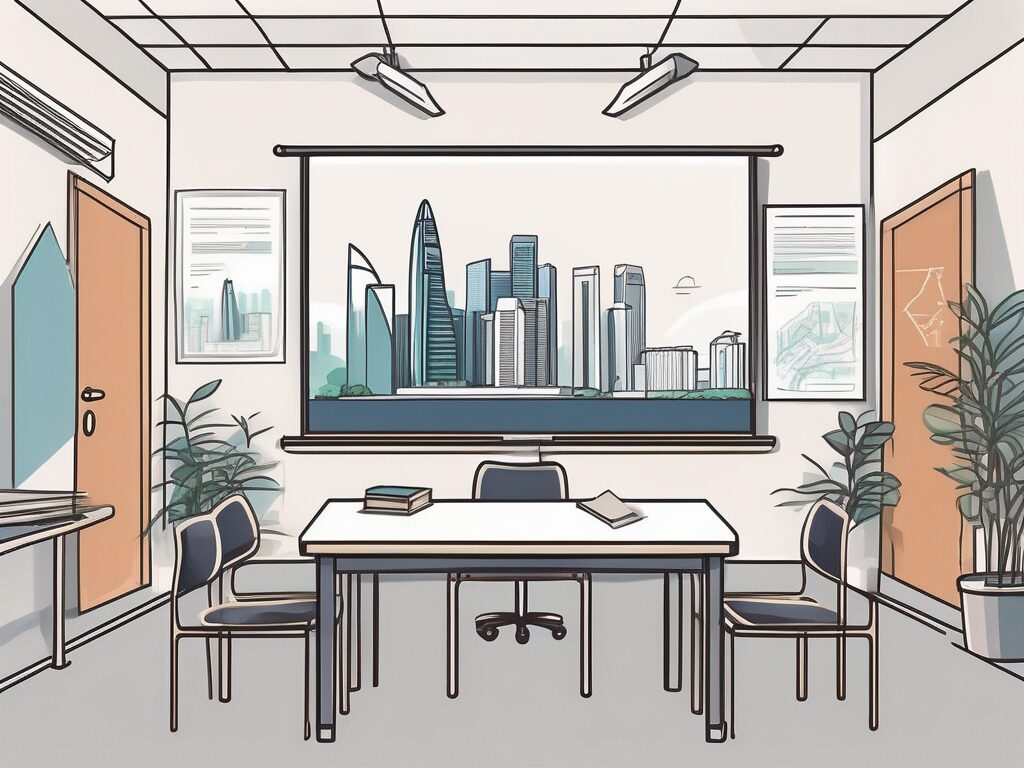html
Essential Dress Code Guide for Teachers in Qatar: What You Need to Know
As a teacher in Qatar, understanding the local dress code is crucial not only for your professional image but also for respecting the cultural norms of this vibrant country. Qatar is known for its rich traditions and modern advancements, and the way you present yourself can significantly impact your interactions with students, parents, and colleagues. In this comprehensive guide, we will explore the essential dress code for teachers in Qatar, providing you with the insights you need to navigate this important aspect of your teaching career.
Understanding the Cultural Context
Before diving into specific attire recommendations, it’s essential to grasp the cultural context of Qatar. As a predominantly Muslim country, Qatar has specific expectations regarding modesty and professionalism in dress. Understanding these cultural nuances will help you make informed choices about your wardrobe.
For instance, while Qatar is relatively liberal compared to some neighboring countries, teachers are still expected to dress modestly. This means avoiding clothing that is too tight, short, or revealing. By adhering to these guidelines, you not only show respect for the local culture but also set a positive example for your students.
Essential Attire for Female Teachers
Female teachers in Qatar should prioritize modesty while maintaining a professional appearance. Here are some key recommendations:
- Long Dresses and Skirts: Opt for long dresses or skirts that reach at least the knee. Flowy fabrics and loose fits are ideal for comfort and style.
- Blouses and Tunics: Choose blouses or tunics with sleeves that cover the shoulders. Avoid low-cut necklines and sheer fabrics.
- Pants: If you prefer pants, opt for wide-leg trousers or palazzo pants that are not form-fitting. Pair them with a longer top for a balanced look.
- Footwear: Closed-toe shoes are recommended. Avoid overly casual footwear like flip-flops.
By following these guidelines, female teachers can create a wardrobe that is both stylish and culturally appropriate.
Essential Attire for Male Teachers
Male teachers also have specific dress code expectations to uphold. Here are some essential tips:
- Dress Shirts: Collared shirts are a staple. Opt for long-sleeved shirts in breathable fabrics to stay comfortable in the warm climate.
- Trousers: Dress trousers or chinos are appropriate. Avoid shorts, as they are generally not accepted in professional settings.
- Footwear: Closed-toe shoes, such as loafers or dress shoes, are recommended. Sneakers may be acceptable in some informal settings but should be avoided in formal situations.
By adhering to these guidelines, male teachers can maintain a professional appearance that aligns with local customs.
Seasonal Considerations
Qatar experiences extreme heat, especially during the summer months. Therefore, it’s essential to choose fabrics that are breathable and lightweight. Here are some seasonal tips:
- Summer Attire: Opt for light-colored, loose-fitting clothing made from natural fibers like cotton or linen to stay cool.
- Winter Attire: While winters are mild, evenings can be cooler. A light jacket or cardigan can be useful for layering.
By considering the seasons, teachers can ensure their comfort while adhering to the dress code.
Accessories and Grooming
Accessories can enhance your professional appearance, but they should be chosen carefully. Here are some tips:
- Jewelry: Keep jewelry minimal and tasteful. Avoid large, flashy pieces that may draw too much attention.
- Makeup and Hair: For female teachers, opt for natural makeup looks. Hair should be neatly styled and kept away from the face.
- Fragrance: Use fragrance sparingly, as strong scents may be overwhelming in a classroom setting.
By paying attention to accessories and grooming, teachers can present themselves in a polished manner.
Common Dress Code Mistakes to Avoid
Even with the best intentions, it’s easy to make mistakes when it comes to dress code. Here are some common pitfalls to avoid:
- Overly Casual Attire: Avoid wearing overly casual clothing, such as ripped jeans or t-shirts, as they may not convey professionalism.
- Inappropriate Footwear: Steer clear of flip-flops or overly casual shoes, as they do not align with the professional image expected in schools.
- Neglecting Cultural Sensitivity: Always be mindful of cultural sensitivities. When in doubt, opt for more conservative choices.
By avoiding these common mistakes, teachers can ensure they are always dressed appropriately for their role.
Conclusion
In conclusion, understanding the essential dress code for teachers in Qatar is vital for maintaining professionalism and respecting local customs. By adhering to the guidelines outlined in this guide, you can create a wardrobe that reflects your commitment to your role as an educator while embracing the rich culture of Qatar. Remember, your attire speaks volumes about your professionalism and respect for the community you serve.
Ready to elevate your teaching experience in Qatar? Explore more about teaching in Qatar and discover tips for success in your new role!

